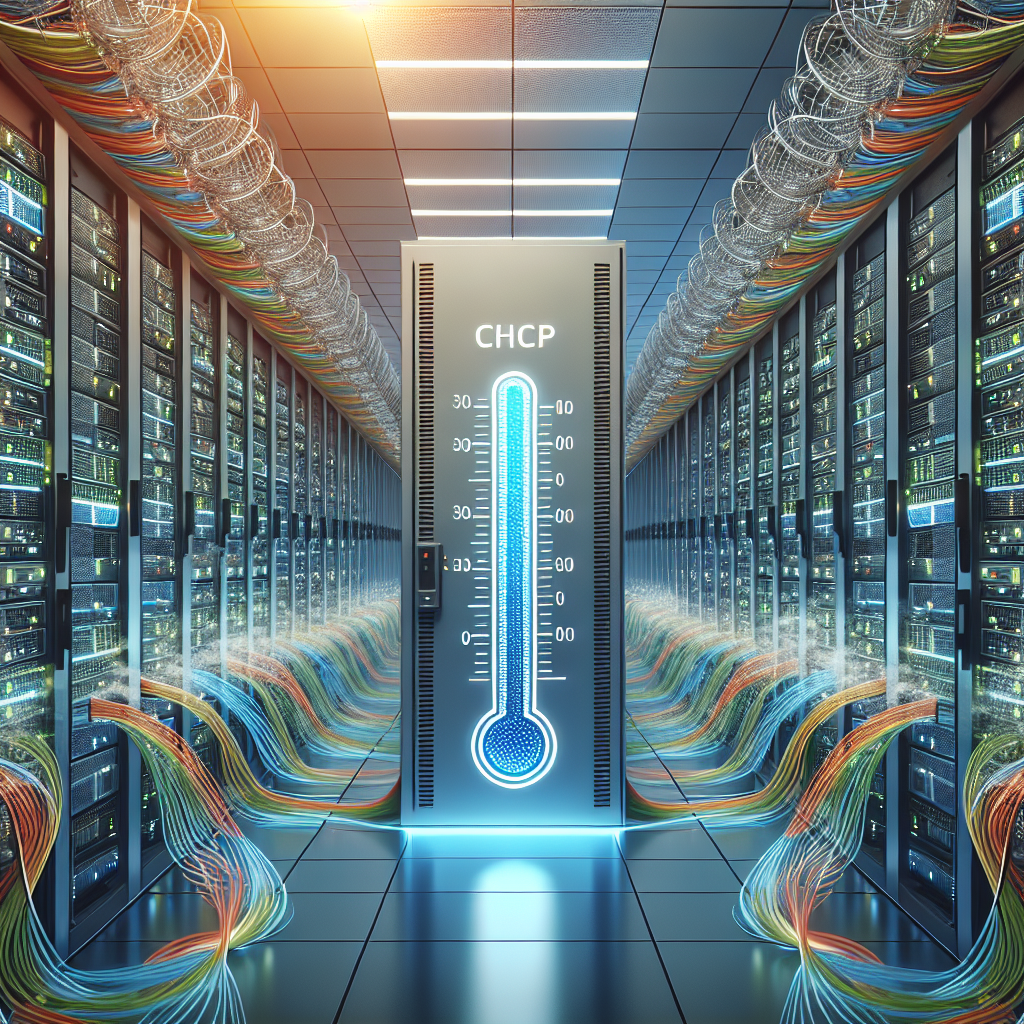Your cart is currently empty!
The Role of HVAC in Data Center Cooling and Temperature Control

Data centers are the backbone of the digital age, housing servers and networking equipment that store and process vast amounts of data. With the increasing demand for faster and more reliable data processing, data centers are constantly expanding and upgrading their infrastructure to meet these needs. One crucial component of a data center’s infrastructure is its HVAC (heating, ventilation, and air conditioning) system, which plays a vital role in maintaining the optimal temperature and humidity levels to ensure the smooth operation of the equipment.
The primary function of the HVAC system in a data center is to remove the heat generated by the servers and other equipment. Data centers can generate a significant amount of heat due to the high-density racks of servers operating at full capacity. If this heat is not properly managed, it can lead to equipment failure, downtime, and data loss. The HVAC system helps to dissipate this heat by circulating cool air throughout the data center and exhausting hot air outside the building.
In addition to cooling, the HVAC system also helps to control the humidity levels in the data center. High humidity levels can lead to condensation on the equipment, causing corrosion and short circuits. On the other hand, low humidity levels can increase the risk of static electricity, which can damage sensitive electronic components. The HVAC system maintains the ideal humidity level (typically between 40% and 60%) to ensure the longevity and reliability of the equipment.
To achieve optimal cooling and temperature control, data centers often employ a combination of different HVAC technologies, such as air conditioning units, precision cooling systems, and containment solutions. Air conditioning units use refrigerant to cool the air, while precision cooling systems deliver targeted cooling to specific areas within the data center. Containment solutions, such as hot aisle/cold aisle containment, help to separate the hot and cold air streams, improving the efficiency of the cooling system.
Proper HVAC design and maintenance are essential for the performance and reliability of a data center. Regular inspections and maintenance of the HVAC system can help to identify and address issues before they escalate into costly downtime. Additionally, upgrading to energy-efficient HVAC equipment can help data centers reduce their carbon footprint and operating costs.
In conclusion, the HVAC system plays a critical role in data center cooling and temperature control. By effectively managing heat and humidity levels, the HVAC system helps to ensure the reliable operation of the equipment and minimize the risk of downtime. Data center operators must prioritize the design, maintenance, and efficiency of their HVAC systems to support the growing demands of the digital world.

Leave a Reply